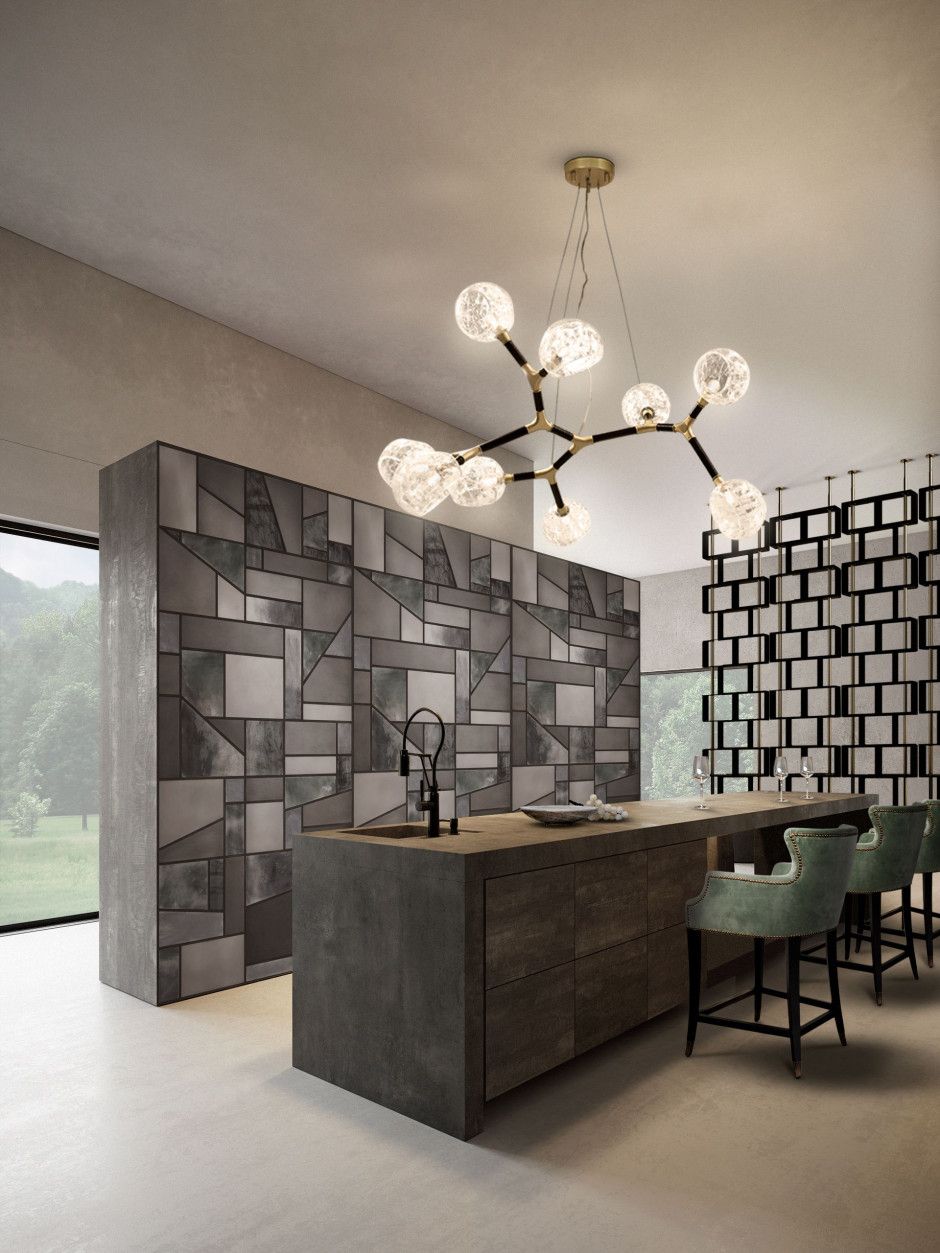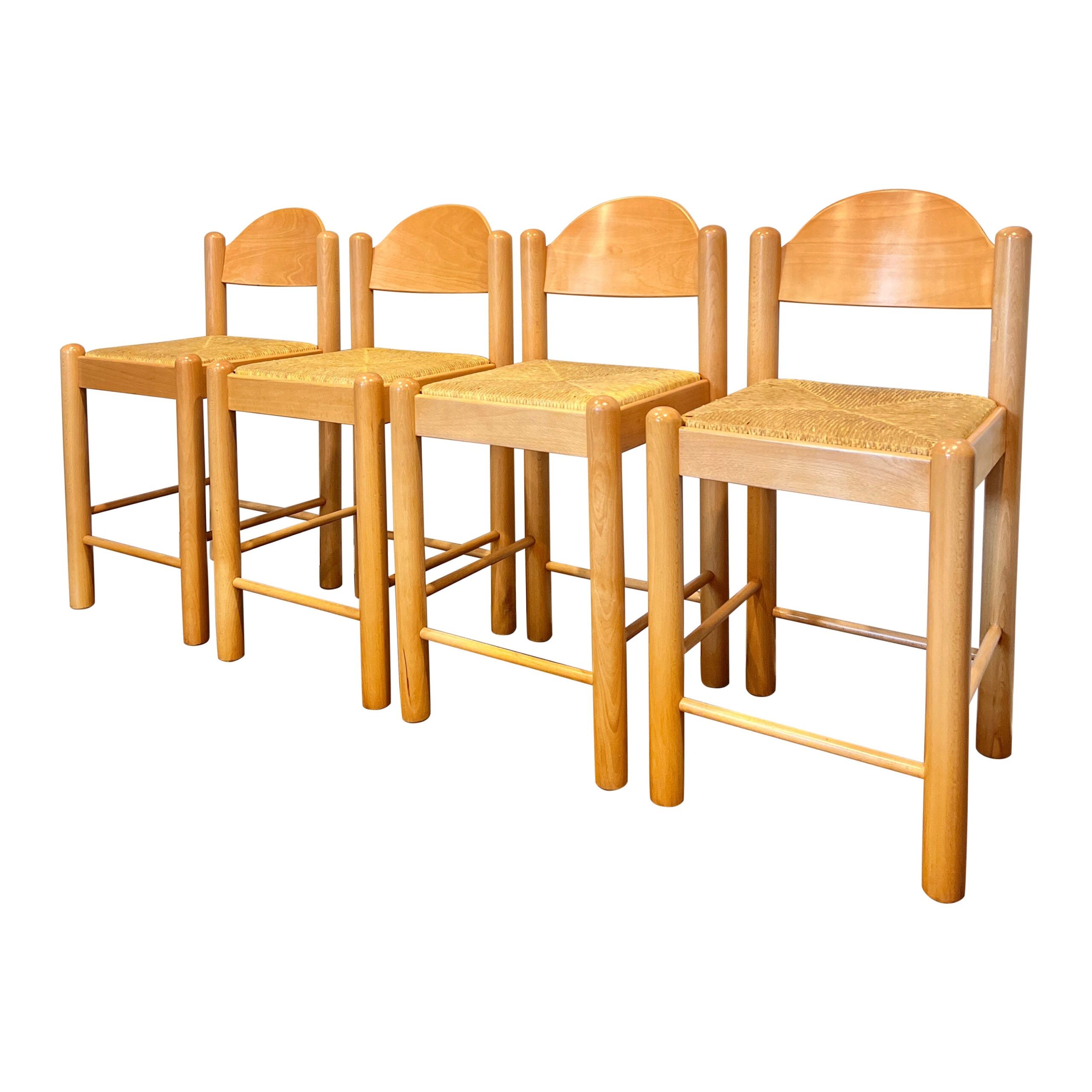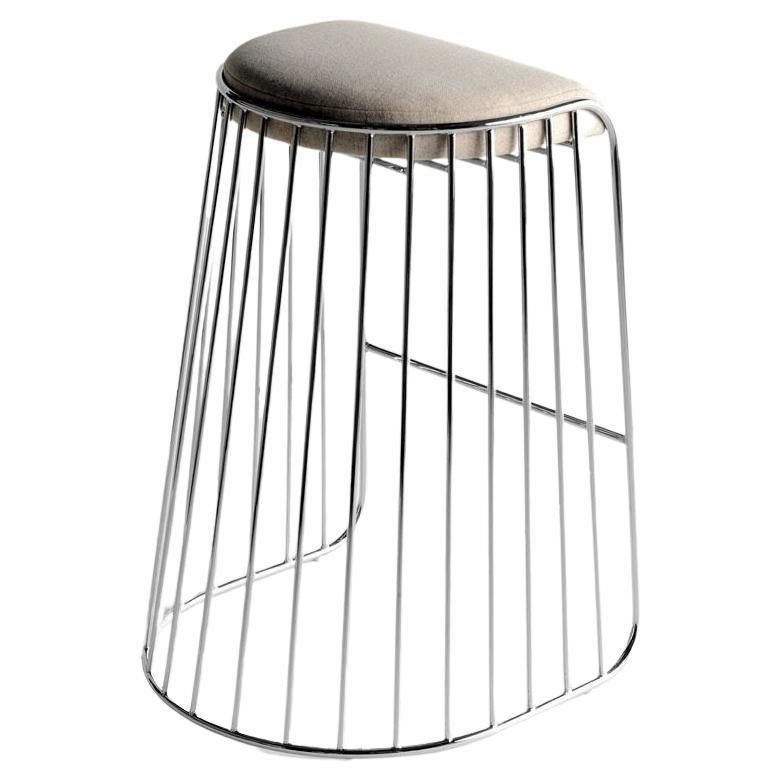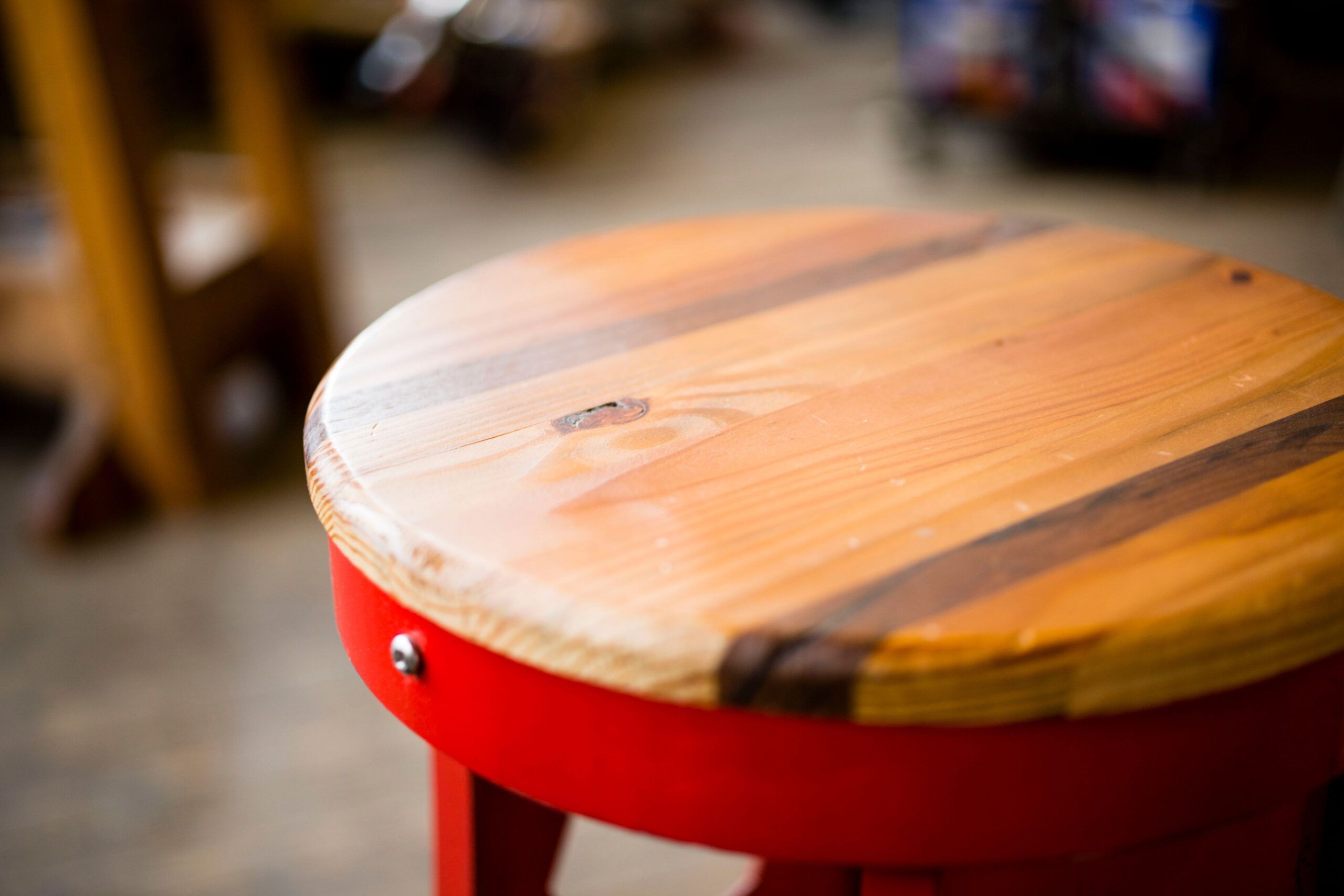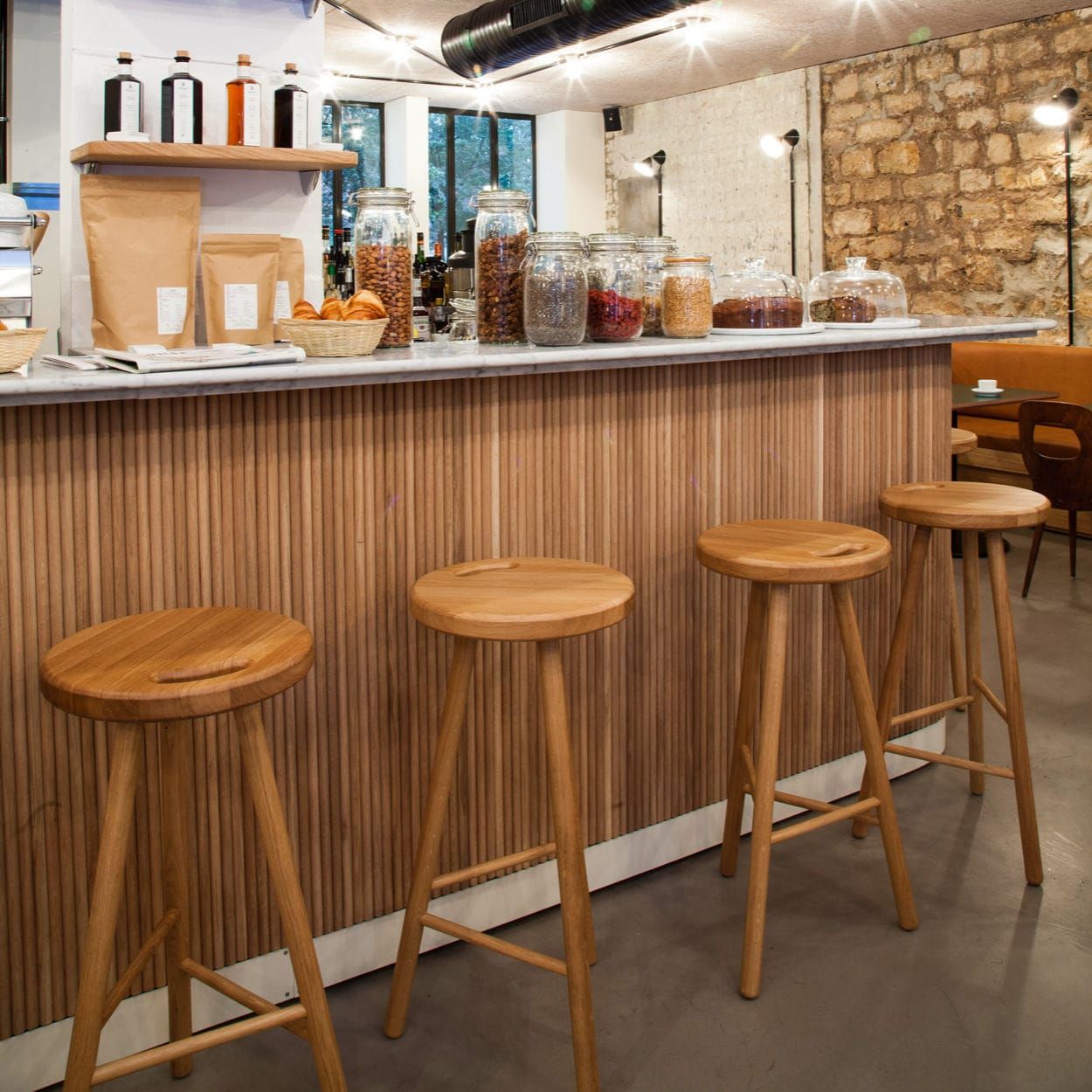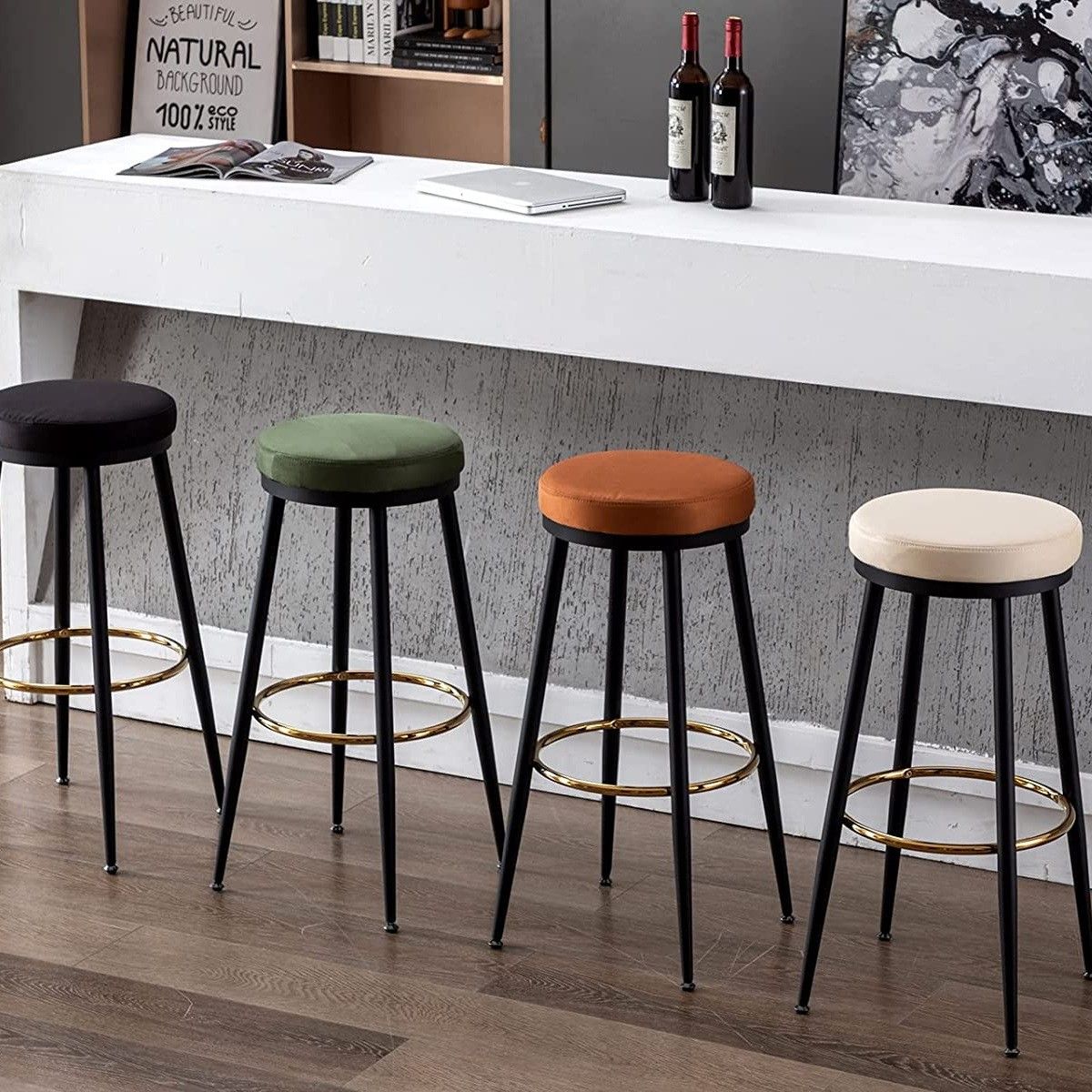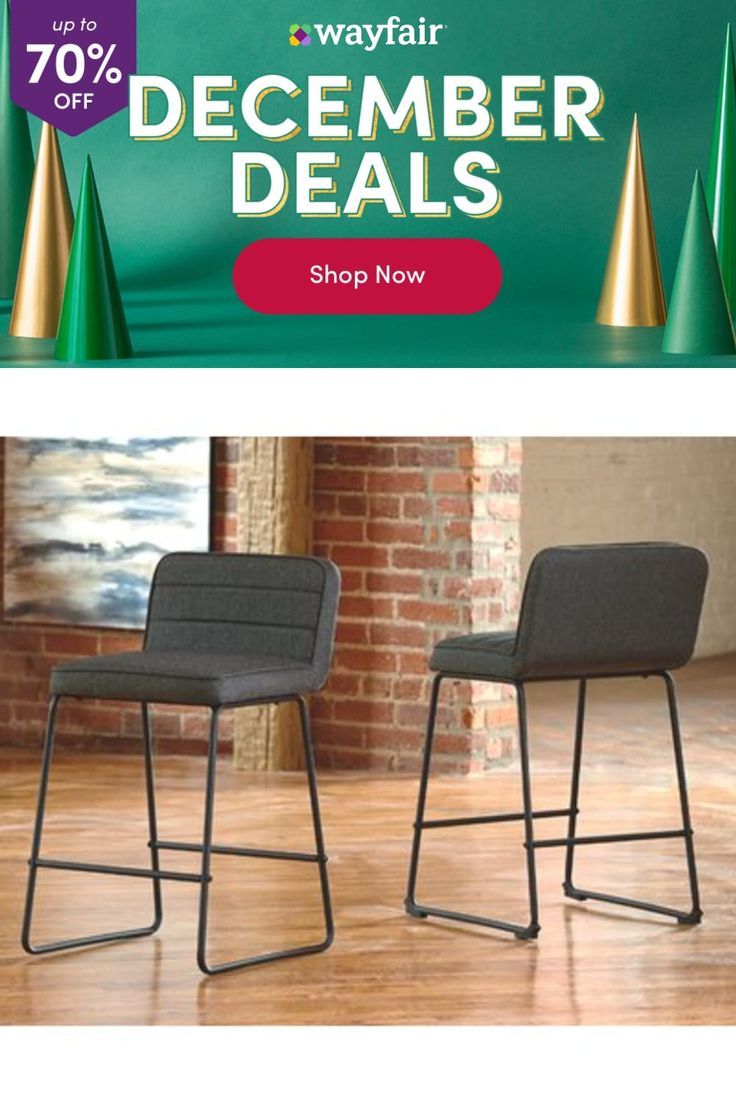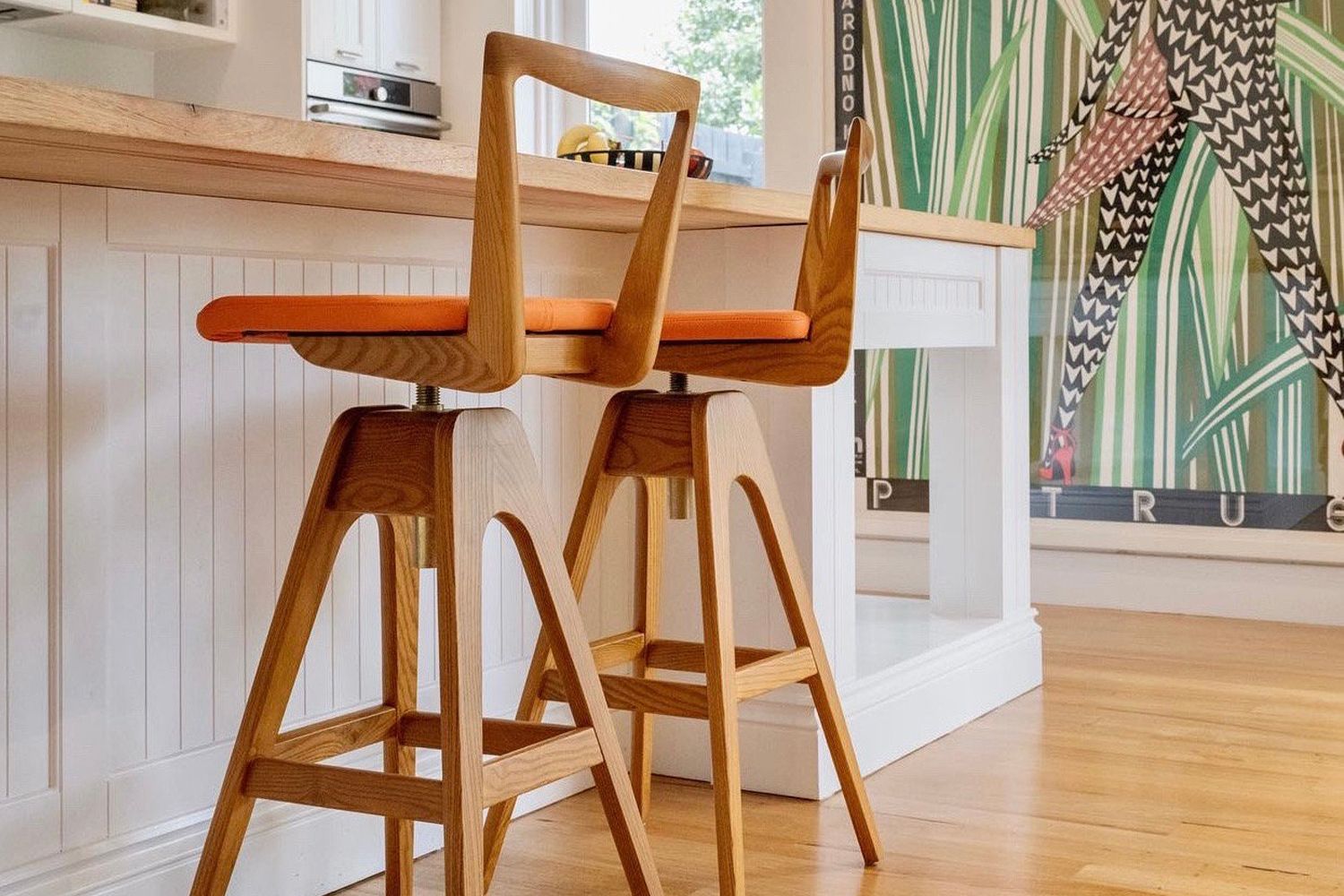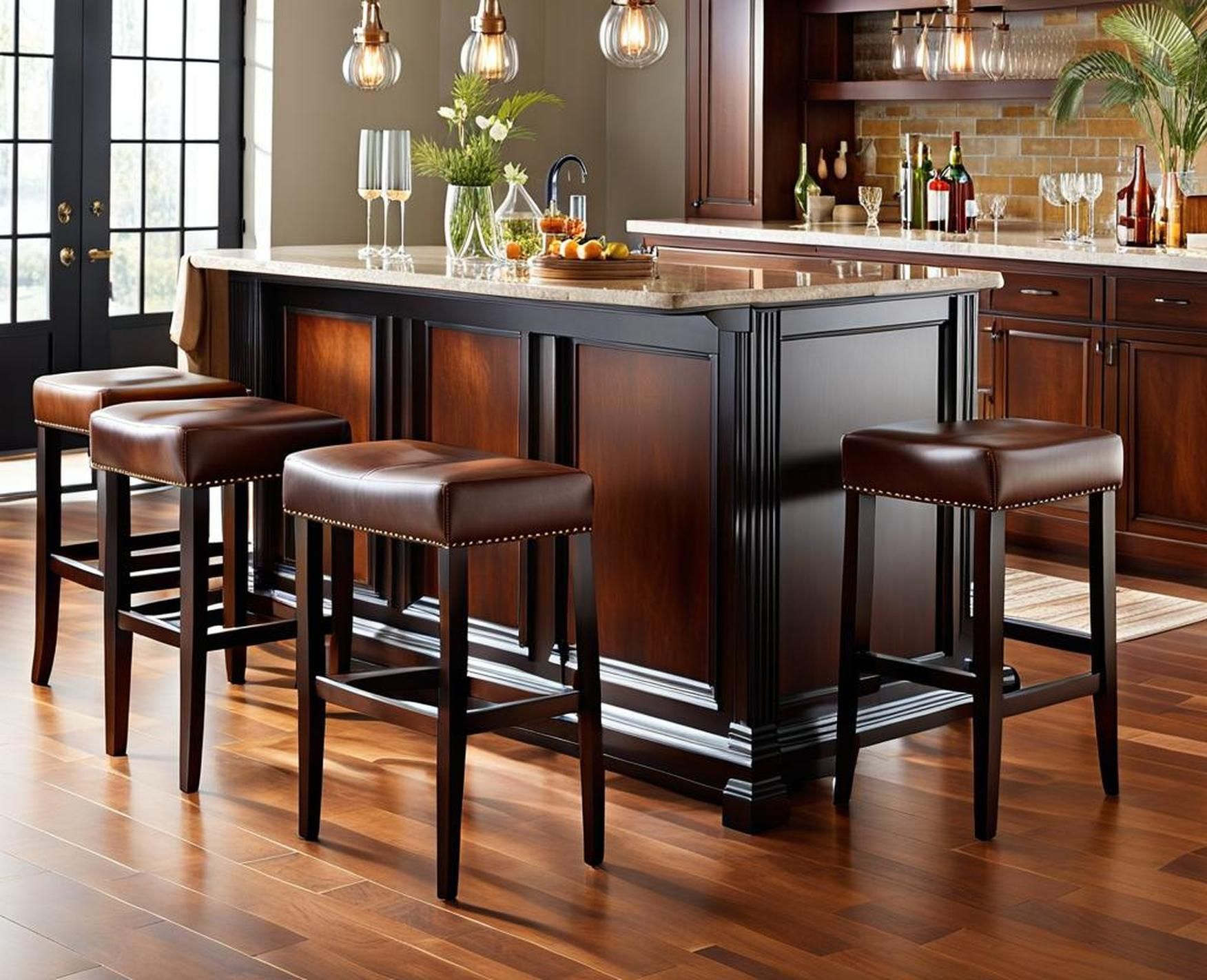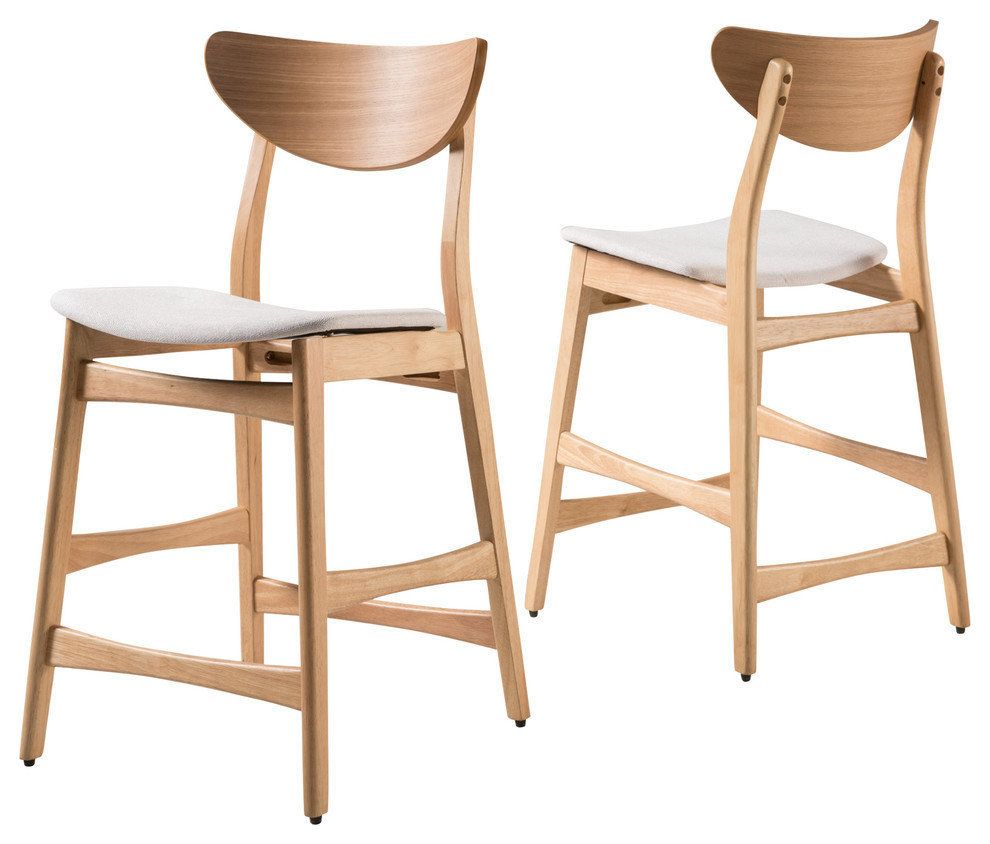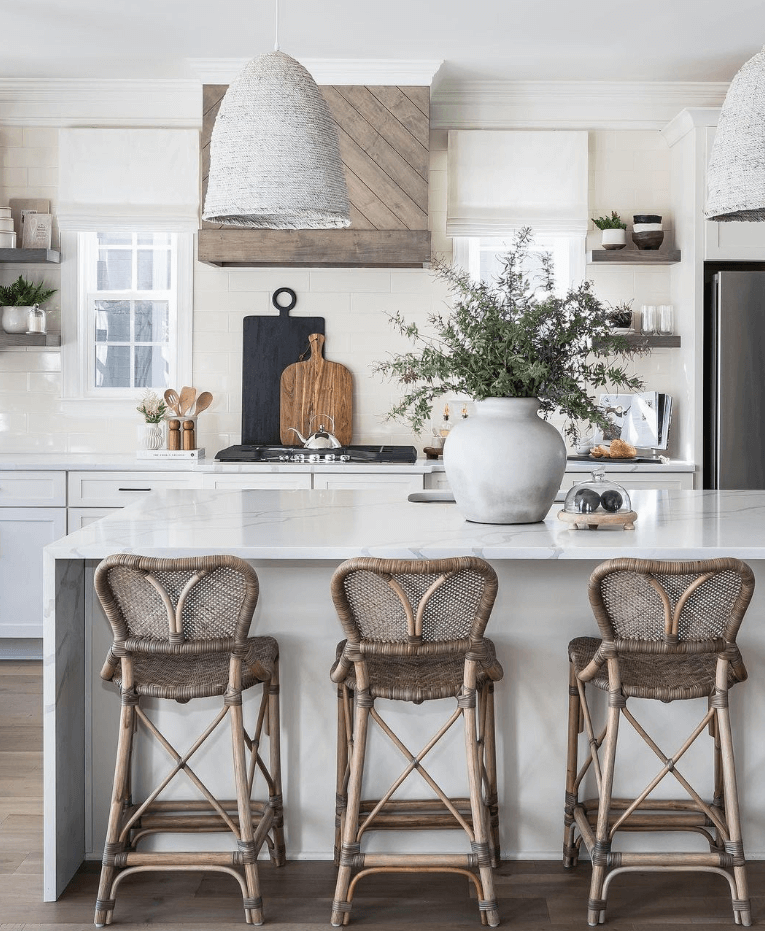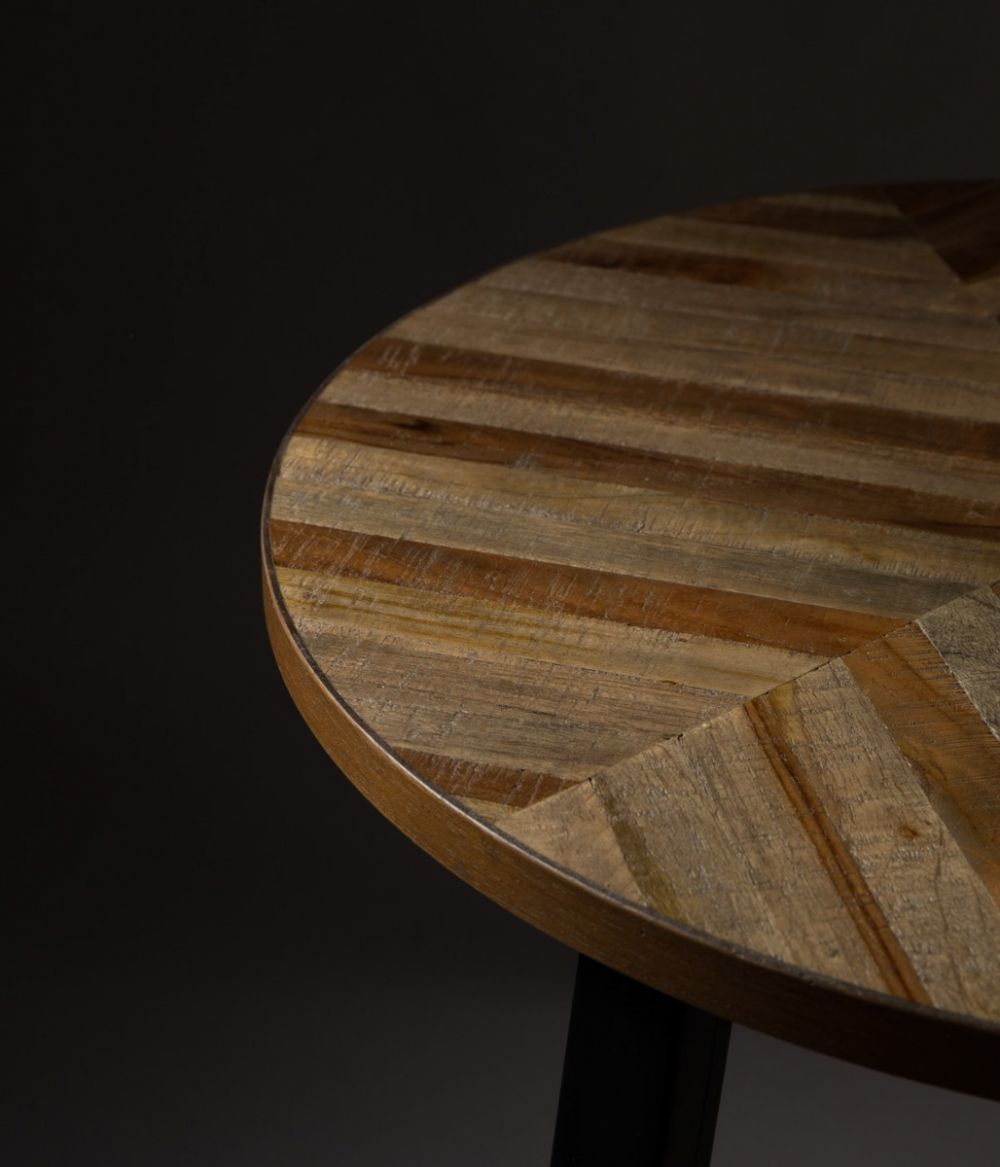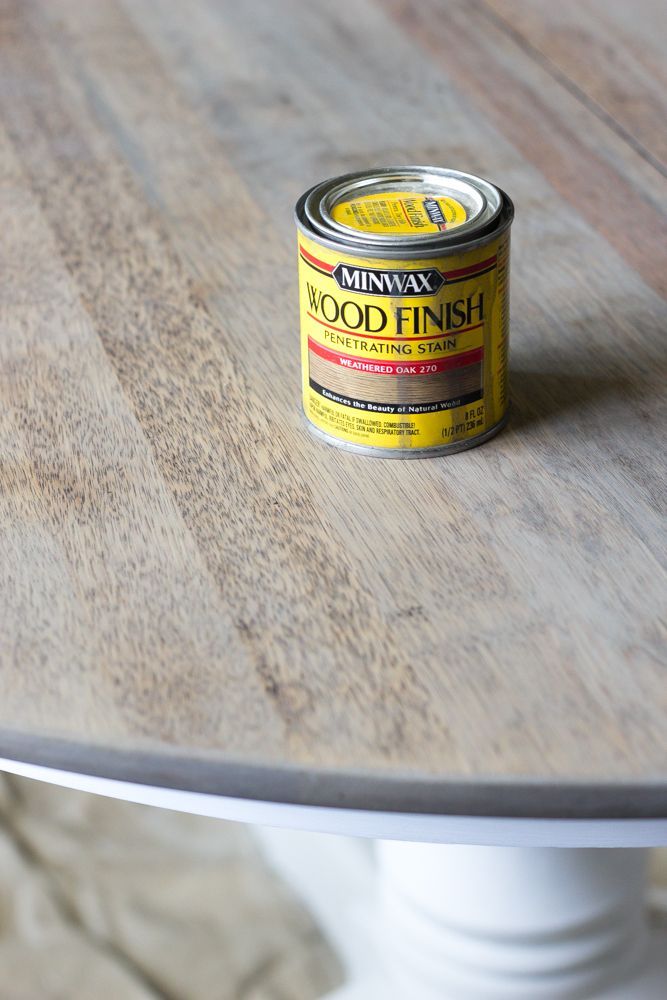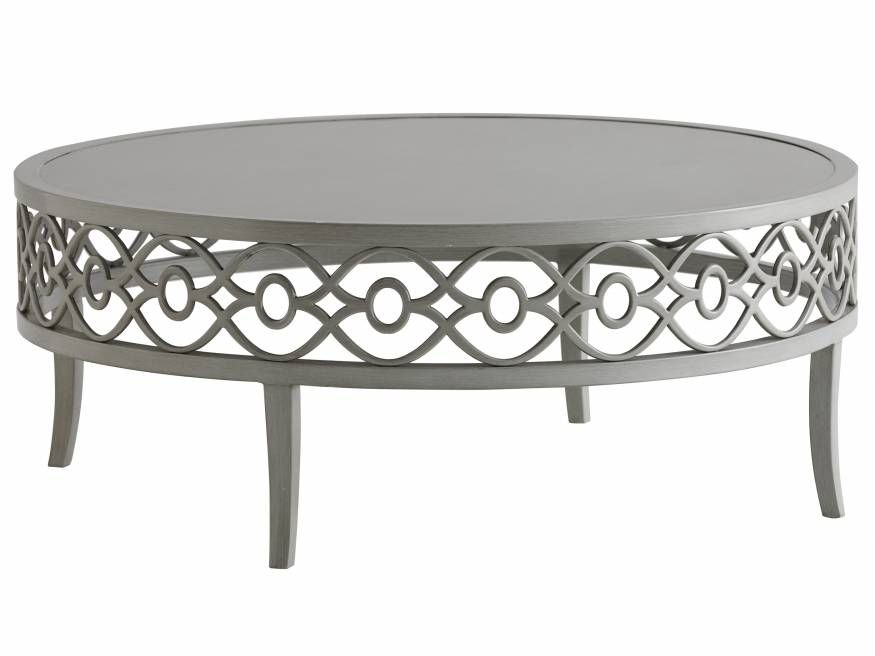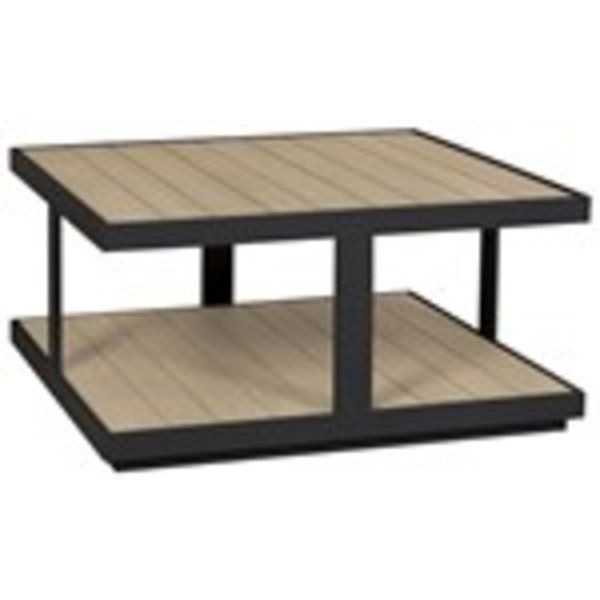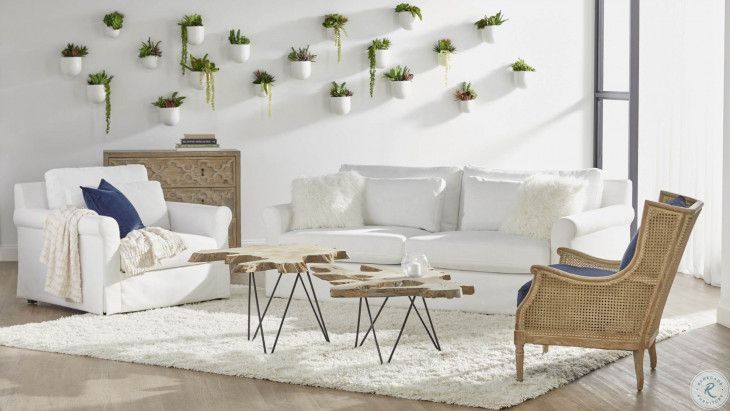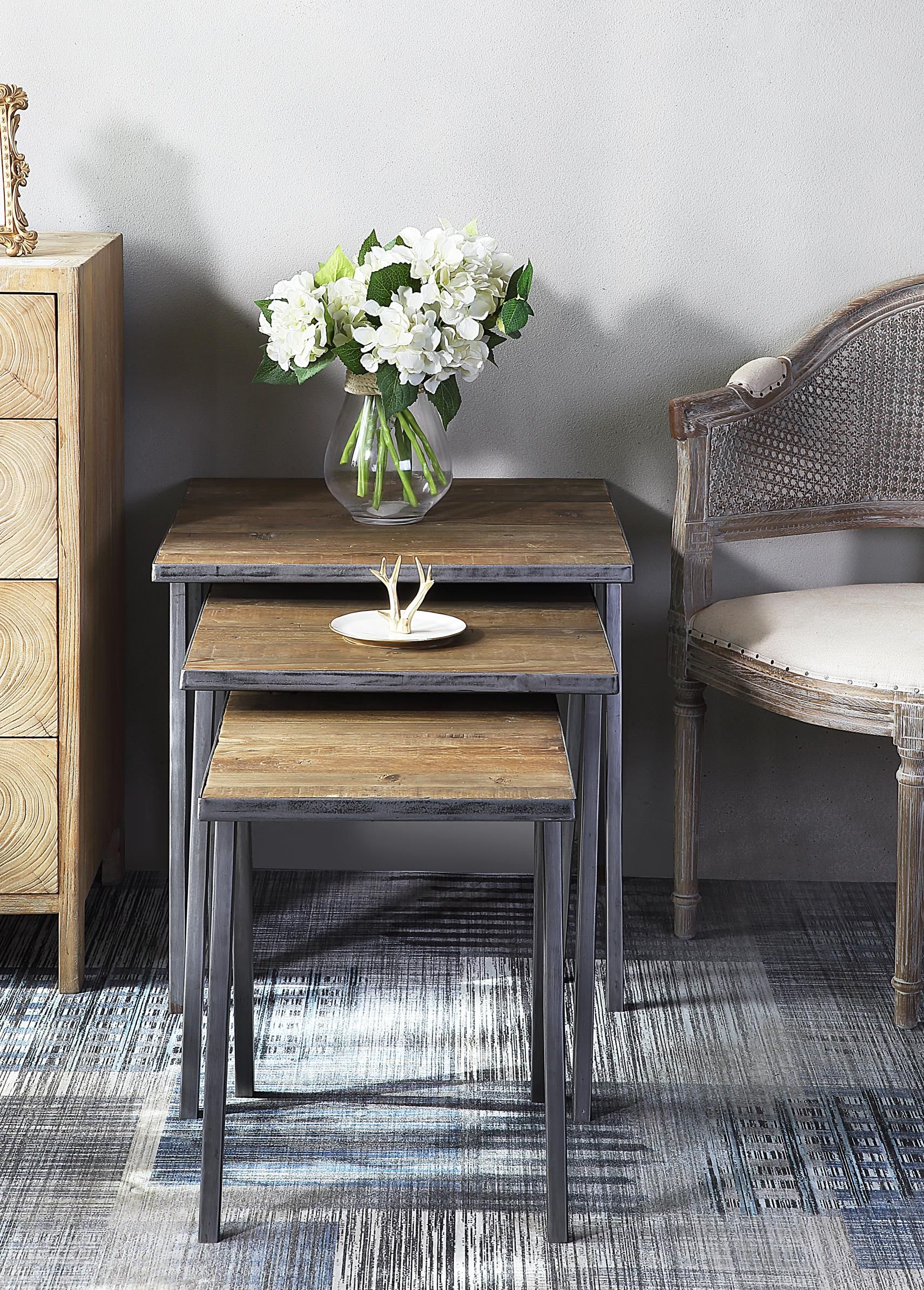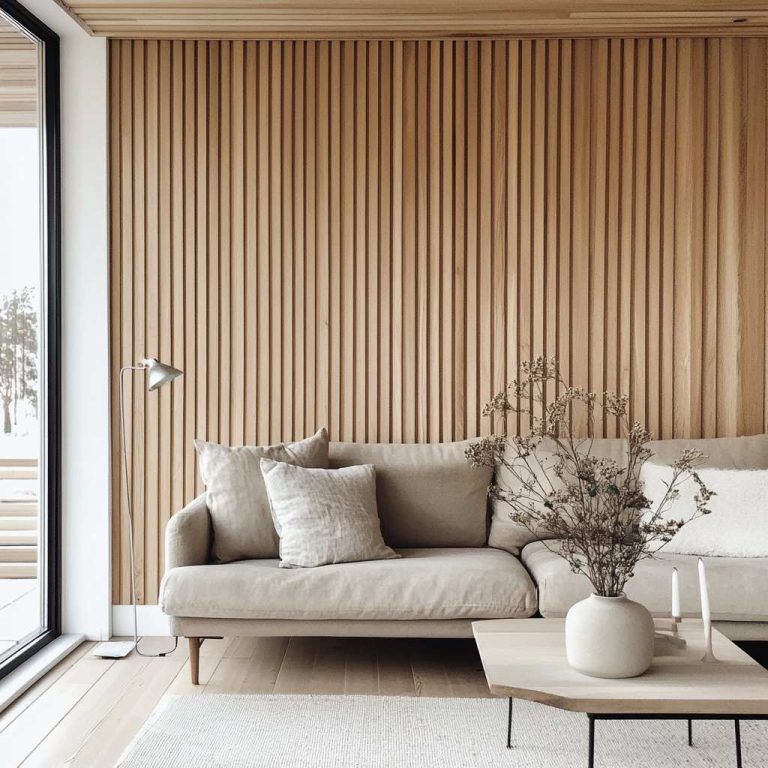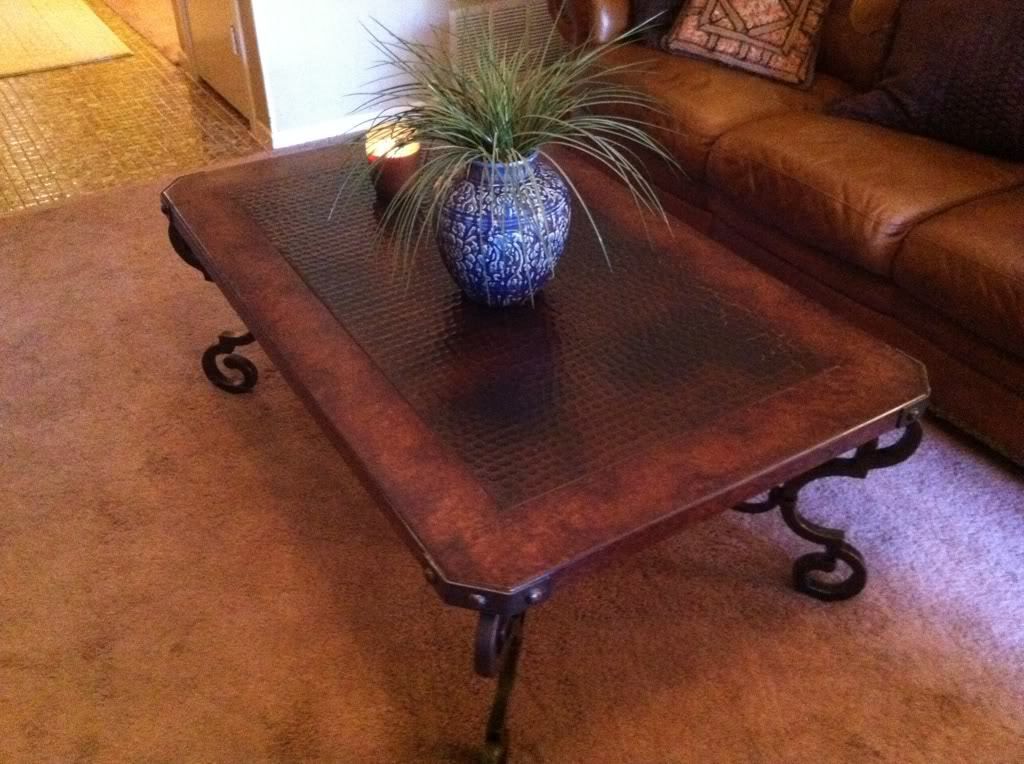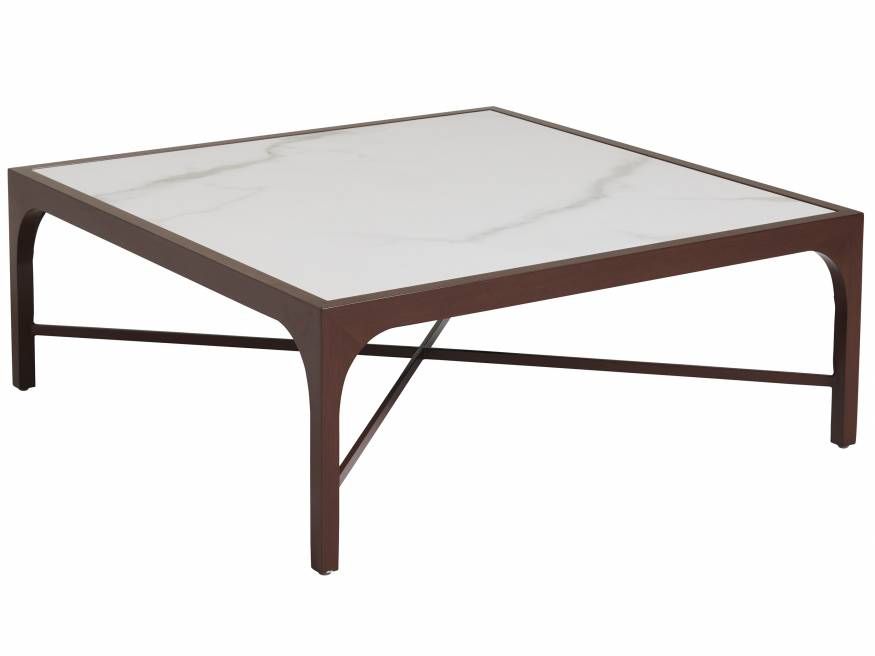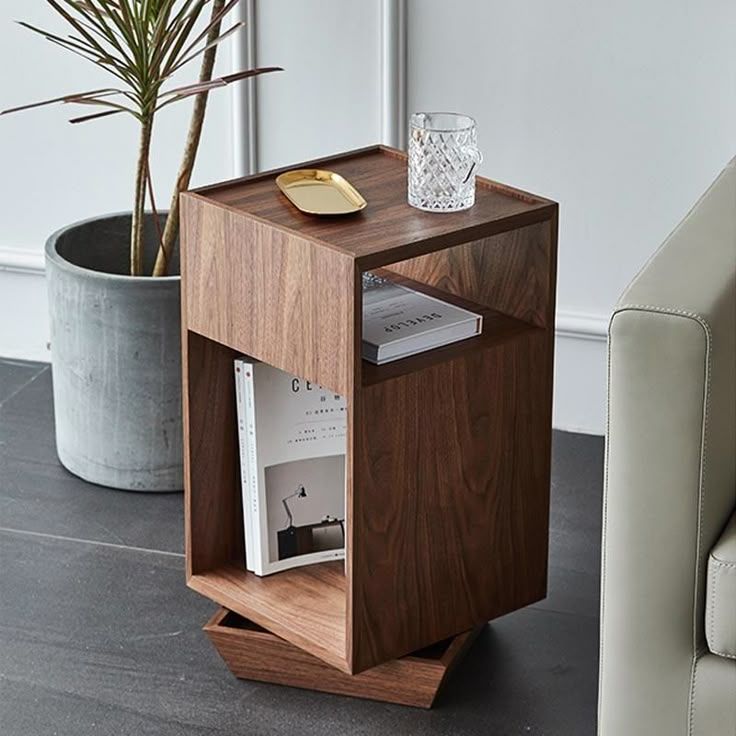You know, it’s funny how often we overlook the humble counter stool. It’s not just a place to perch; it’s a critical component of our homes and businesses, influencing comfort, aesthetics, and even how we interact. As someone who’s spent decades immersed in the world of furniture design, particularly seating, I can tell you there’s a whole lot more to a great counter stool than meets the eye. It’s a blend of ergonomic smarts, material mastery, and an understanding of human behavior. Let’s peel back the layers and see what really makes one stand out.
Think about it. From a quick breakfast grab to a lively evening gathering, the counter stool is right there, often at the heart of our most cherished memories. But how many times have you sat on one and thought, ‘Wow, this is truly a masterpiece of design’? Probably not often enough. That’s because the best designs often go unnoticed. They just work. They feel right, look right, and stand the test of time. My journey into furniture design started with a fascination for how objects shape our lives, and counter stools are a perfect example. They’re functional sculptures, and when done right, they can elevate an entire space.
Ergonomics: The Silent Language of Comfort
First off, let’s talk about ergonomics, which is just a fancy word for making things comfortable and efficient for people. A superior counter stool isn’t just about looking good; it’s about feeling good, even after an hour or two. The ideal seat height is usually around 24 to 26 inches for a standard 36-inch counter, allowing for a comfortable bend in the knee and enough space for your legs. But it’s not just height. The depth and width of the seat are crucial too. Too shallow, and you feel like you’re falling off. Too deep, and your lower back gets no support.
Then there’s the backrest. Is it supportive? Does it hit you in the right spot? And what about footrests? Absolutely essential! Dangling feet are uncomfortable and can lead to poor circulation. A well-placed footrest, ideally at about 8 to 12 inches from the seat, provides stability and allows for a relaxed posture. It’s all about creating a natural, supportive posture, reducing strain and making the experience a pleasure rather than a chore.
Material Matters: The Foundation of Durability and Aesthetics
The materials chosen for a counter stool are not merely decorative; they are fundamental to its durability, maintenance, and overall aesthetic appeal. Consider the frame first. Solid wood, like oak or walnut, offers timeless beauty and exceptional sturdiness. Metal frames, such as steel or wrought iron, provide a sleek, modern look and incredible strength, often with powder-coated finishes for added protection.
Then there’s the seating surface. Upholstered seats, perhaps in a durable performance fabric or genuine leather, offer plush comfort and a touch of luxury. However, they require more care than, say, a solid wood or metal seat, which might be easier to wipe clean in a busy kitchen. Plastic or composite materials can be surprisingly robust and offer a vast array of colors and shapes, often at a more accessible price point. The key is to select materials that not only complement your interior design but also stand up to the rigors of daily use. You wouldn’t put dainty silk on a stool destined for a high-traffic family kitchen, would you? It’s about smart choices.
Style and Integration: Blending Form with Function
A counter stool, no matter how comfortable or well-built, must also fit seamlessly into its environment. This is where style comes into play. Are you aiming for a minimalist, Scandinavian vibe, or something more industrial and raw? Perhaps a classic farmhouse feel? The design language of the stool – its lines, curves, and overall silhouette – needs to speak to the broader décor of the room.
Consider the visual weight of the stool. A chunky, solid wood stool might overpower a small, airy kitchen, while a slender metal design could get lost in a grand, traditional space. Color and finish are also vital. Do you want it to blend in or be a statement piece? Sometimes, a bold color can add a much-needed pop, while other times, a neutral tone allows other elements of the room to shine. The best designs understand this delicate balance, becoming an integral part of the space’s narrative without dominating it.
Stability and Safety: The Unseen Pillars of Quality
This is a non-negotiable. A superior counter stool must be rock-solid and safe. Think about the forces at play – people shifting their weight, kids climbing up, the occasional wobble. A well-designed stool will have a wide, stable base that resists tipping. The joints, whether welded or mortise and tenon, should be robust and show no signs of weakness. I’ve seen too many wobbly stools that are not only annoying but genuinely dangerous.
Beyond just stability, consider the overall construction. Are there any sharp edges? Will the finish chip easily? Are the footrests securely attached and capable of bearing weight? These seemingly minor details are what separate a good stool from a great one. They speak to the manufacturer’s commitment to quality and safety, ensuring that your investment not only looks good but also provides peace of mind for years to come. It’s about engineering integrity, plain and simple.
Practicality and Maintenance: Living with Your Stool
Let’s be realistic; furniture lives in the real world, not a showroom. So, how easy is it to clean? Will it show every smudge and spill? Can it be easily moved around, or is it a beast to shift? These practical considerations are often overlooked until it’s too late.
For instance, swivel stools offer great flexibility, allowing you to turn and interact with ease, but they often have more moving parts that could potentially wear out over time. Backless stools can be tucked away neatly under a counter, saving space, but they offer less support. Stackable stools are brilliant for small spaces or commercial settings where flexibility is key. The best designs anticipate these everyday needs and offer solutions that enhance the user experience without compromising on other critical elements. It’s about thoughtful design that considers the entire lifecycle of the product and how it integrates into your daily routine.
The Human Connection: Beyond the Blueprint
Ultimately, a superior counter stool connects with people. It’s more than just wood and metal; it’s a piece of furniture that facilitates conversation, provides comfort during a shared meal, or offers a quiet corner for reflection. The best designers I know don’t just sketch shapes; they envision experiences. They think about the laughter, the quiet moments, the hurried breakfasts, and the late-night chats that will happen around that stool.
This ‘human-centric’ approach is what elevates a product from merely functional to truly exceptional. It’s about empathy in design. When you sit on a truly great counter stool, you don’t just feel comfortable; you feel supported, invited, and at ease. It’s that subtle, almost imperceptible feeling that makes all the difference and defines true design excellence.
So, there you have it. Decoding the elements of a superior counter stool design is really about understanding the intricate dance between ergonomics, material science, aesthetic appeal, structural integrity, and everyday practicality. It’s a field where every curve, every joint, every finish matters. As I’ve always said, furniture isn’t just about filling a space; it’s about enhancing life. And a well-designed counter stool, in its own quiet way, does just that. It’s an investment in comfort, style, and the enduring quality of your home or business. Choose wisely, and enjoy the perch.
